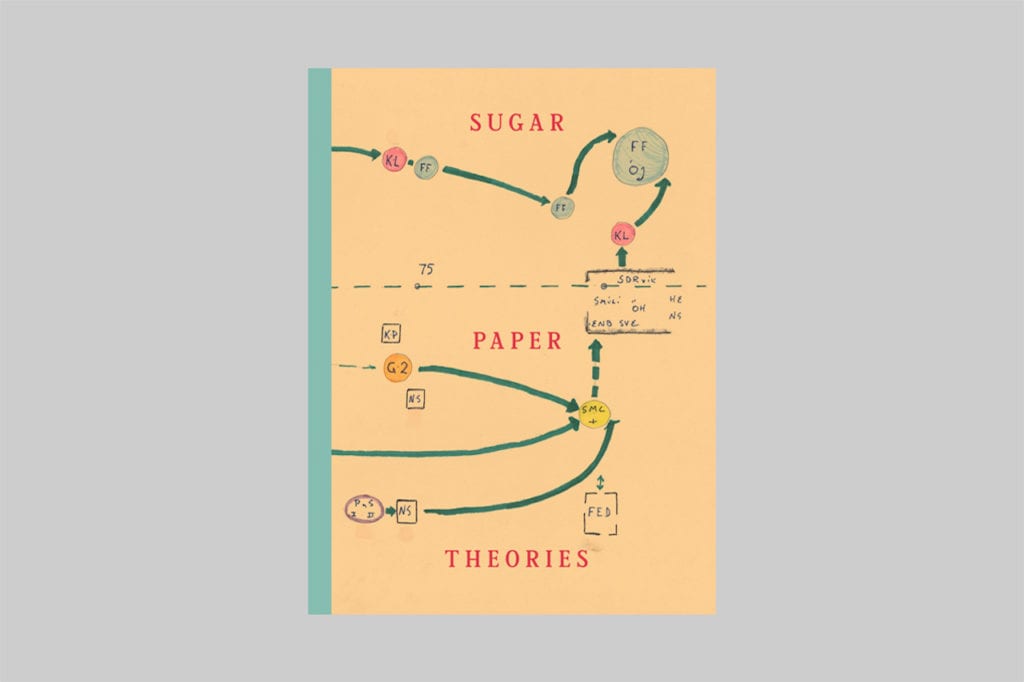In the early hours of Sunday 27 January 1974, 18-year-old Guðmundur Einarsson was making his way home after a night of drinking in the port town of Hafnarfjörður, Iceland. The young man intended to walk 10km south to his home in Reykjavík, wearing nothing but a thin jacket in a minus-degree-temperatures — he never made it home.
Ten months later, on 19 November, Geirfinnur Einarsson [unrelated to Guðmundur Einarsson] went missing after abruptly leaving his home following a mysterious phone call. After hanging up, the 32-year-old construction worker drove off in a Ford Cortina, and never returned.
After over a year of extensive searches and investigation, the Icelandic police were under enormous pressure to solve the cases. Eventually, they began to arrest individuals who they believed to be involved, and after intense interrogation and solitary confinement — which lasted between 242 to 600 days — six suspects confessed, and were convicted of either of manslaughter, perjury, and/or interfering with the crime scene. Their sentences ranged from 12 months to 17 years, but neither bodies were ever found, and no forensic evidence was produced to support the court’s story.
This notorious case of memory implantation has come to be known as the ‘Guðmundur and Geirfinnur case’, or the ‘Reykjavik Confessions’, and is the focus of photographer Jack Latham’s 2016 photobook Sugar Paper Theories, now released in a second edition that will accompany an exhibition opening next weekend at the The Royal Photographic Society in Bristol, UK.
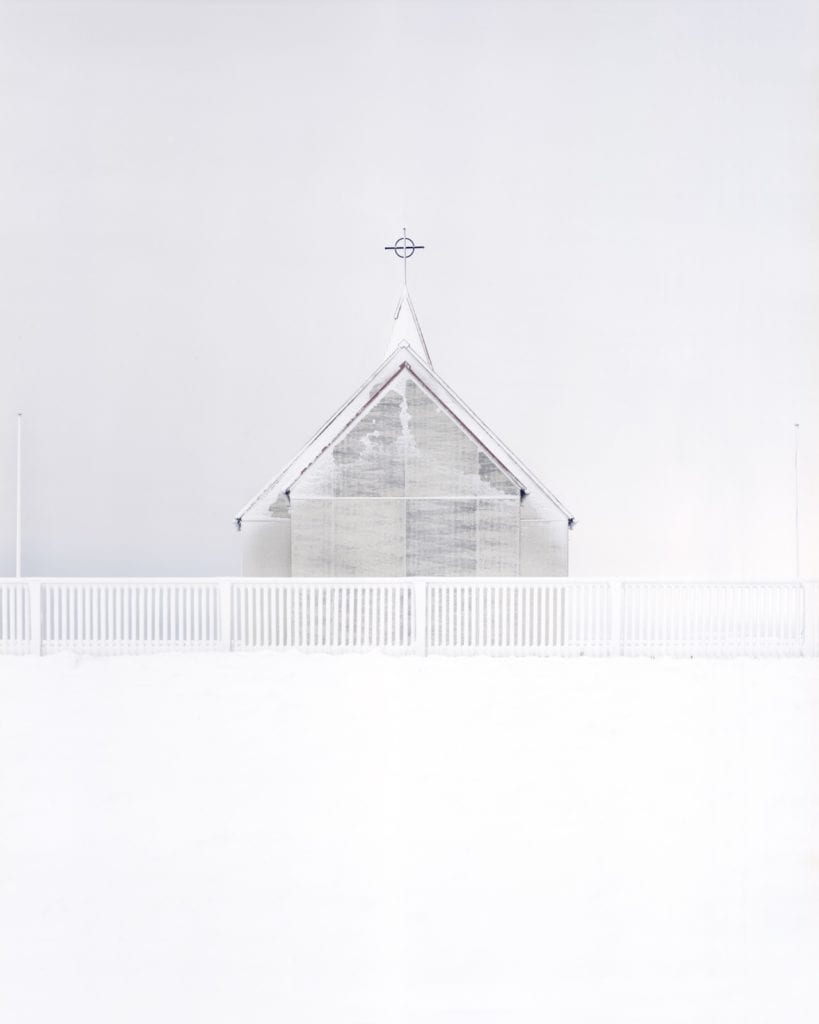
Produced over the course of around six trips made to Iceland between 2014-2016, Sugar Paper Theories was published by Here Press after winning the Bar-Tur Photobook Award. The first edition quickly sold out, and following the confirmation of an exhibition, Latham decided to produce a second edition that expanded on recent developments in the case.
Just over a year ago, 44 years after the case, the Supreme Court of Iceland acquitted the five men convicted of manslaughter, but the sixth person, Erla Bolladottir, is still guilty in the eyes of the law, and is campaigning to have her conviction for perjury overturned.
“Our lives as we knew them were gone. Our peace has not returned,” writes Bolladottir in the foreword to the new edition of Sugar Paper Theories. At the time, Bolladottir was in a relationship with Sævar Ciesielski — one of the men convicted of manslaughter — and was a teenage mother to their 11-week-old daughter. “It has been 44 years… I am still here fighting, still holding out hope for justice.”
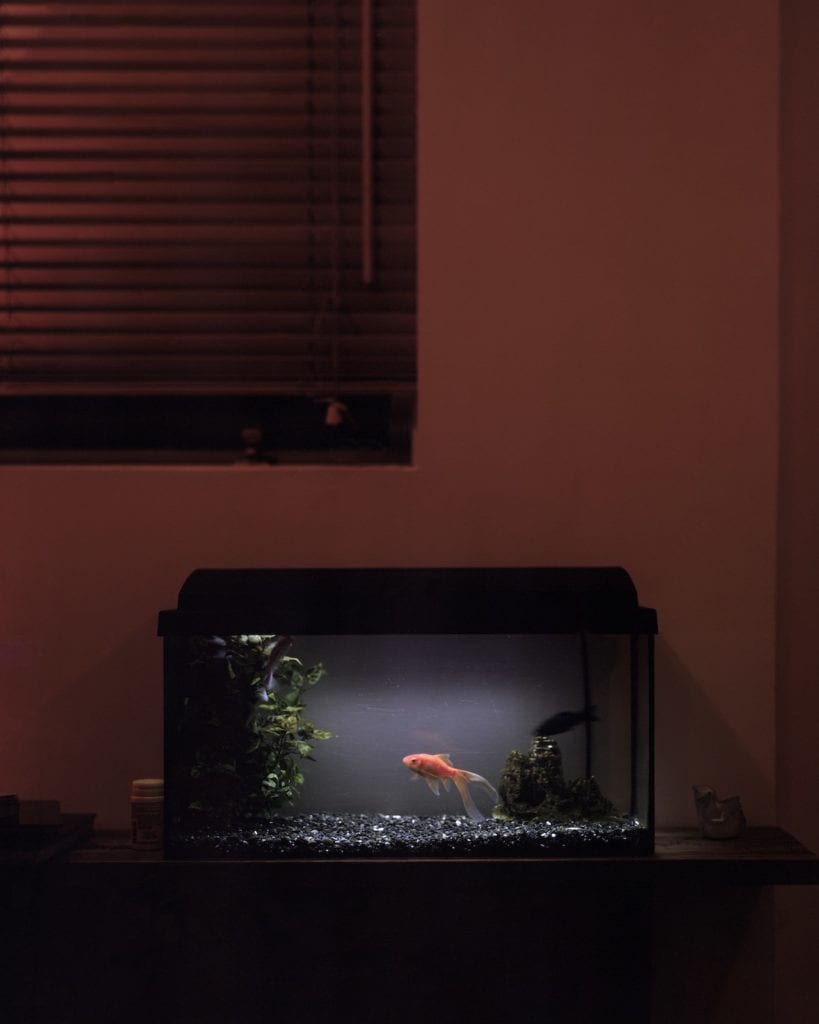
The updated edition also includes additional text by Professor Gísli Guðjónsson CBE, a London-based, Icelandic world expert in ‘memory distrust syndrome’, a term which the leading criminal psychologist co-coined in 1982. Guðjónsson, whose expert testimony famously led to the overturning of the Birmingham Six and Guildford Four, and this case, the Reykjavik Confessions, had never worked with an artist before. Guðjónsson collaborated closely with Latham; they travelled to Iceland together several times to interview the victims, prison guards, conspiracy theorists, and whistle blowers.
“Gísli’s articles are paired with my photographs, which were made suggestively,” says Latham. “There is this tension that happens when the scientific meets the subjective.” While Guðjónsson’s commentary, which is split into six chapters, provides a chronological account of the case, Latham’s images, which include photographs of places, people, and artefacts, as well as archival images and clippings from case files and news reports, are not.
“I mixed up the images to create a false sense of authority, so the viewer is at the mercy of how we choose to sequence it,” says Latham, who was interested in drawing parallels between the narrative of his book, and that of the police. This is largely manifested in the design. Sugar Paper Theories is bound in the same style as the police case files that Latham, a huge collector of paraphernalia relating to his projects, managed to obtain. “We wanted it to be like a conspiracy theorist’s manifesto,” Latham explains.
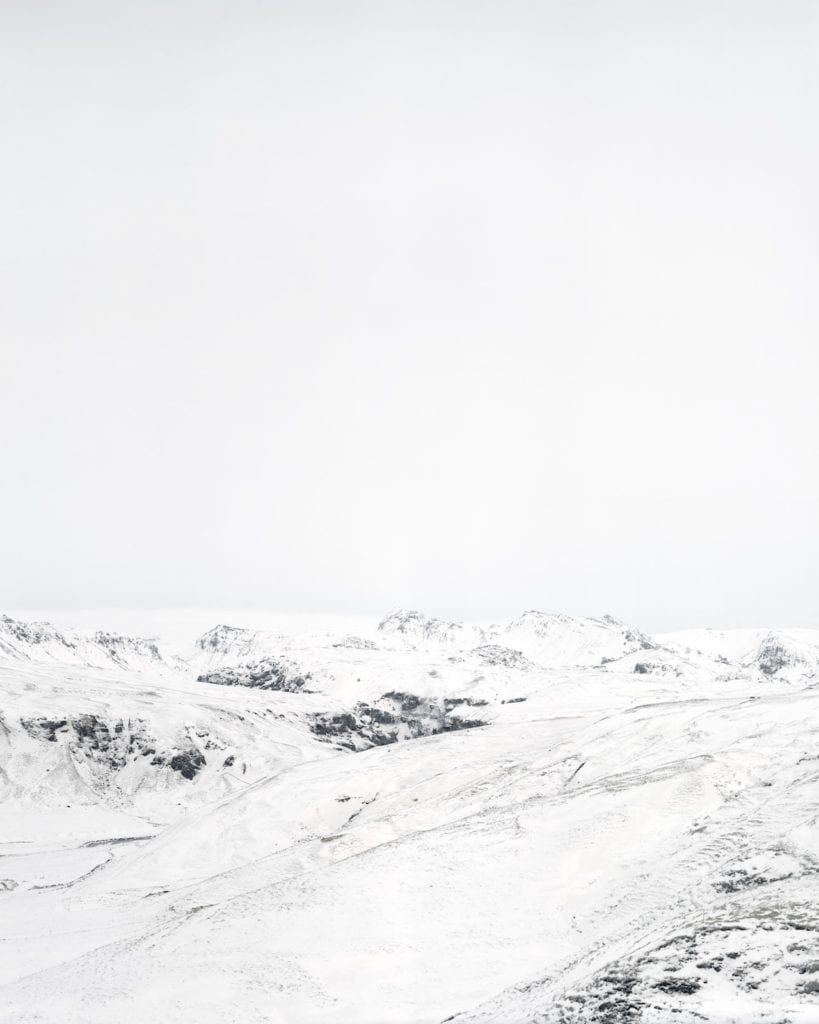
The sequencing also alludes to the dubious interrogation technique employed by the police, where they asked questions out of chronological order. This was thought to stop people from lying, but has also been proven to make them susceptible to coercion. Some of the images are printed across the book’s ‘french folds’ — “so that the viewer never gets to see the ‘full picture’” — and onto silver paper, as a nod to the origins of photography and the notion of it as the “great equaliser of truth”, says Latham, adding: “Photographs have an innate authority about them; photography and memory are so intertwined. It was the perfect medium to explore the case.”
Latham’s practice has continually explored the grey area between fact and fiction. “It’s one of those things that you don’t realise you’re doing until you make more work and look back,” he reflects. In his first photobook A Pink Flamingo (2015), Latham photographically retraced the Oregon Trail, following the footsteps gold seekers and hippies of decades past. His most recent project, Parliament of Owls, which won British Journal of Photography’s 2019 IPA Award, investigates the conspiracies surrounding an elite gentlemen’s club in San Francisco’s Bohemian Grove.
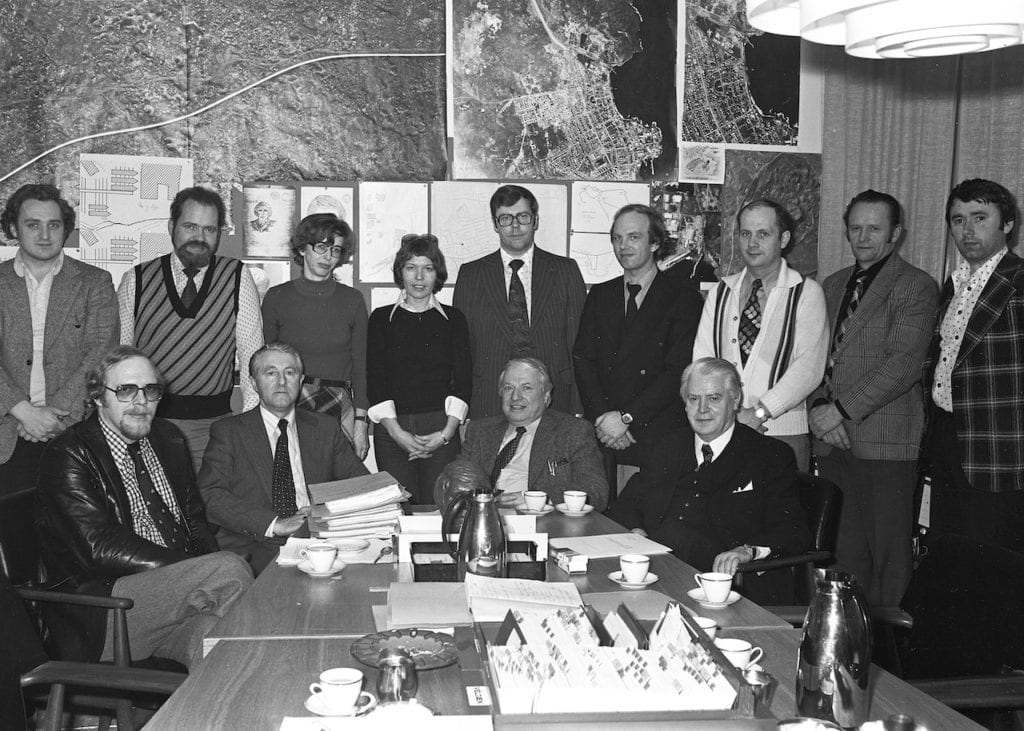
The photographer’s interest in experimenting with narrative was nurtured during his degree in documentary photography at Newport University — where he studied under Ken Grant — but the seed was originally planted by photojournalist and family friend Tim Hetherington, who was tragically killed in a mortar attack in Libya in April 2011.
Back in 2007, 17-year-old Latham was working as a nightclub photographer, and, after flunking his exams, Hetherington encouraged him to pursue photography. Now 29, Latham looks back on his time as a nightclub photographer — which he thought of as just an easy way to make pocket money — as character building: “Talking to people and building rapport is a cornerstone of what my work is now,” he says.
Building relationships and maintaining a sensitivity towards his subjects was a crucial part of Sugar Paper Theories. Latham and Guðjónsson interviewed all four living victims of the case, but made a conscious choice not to photograph them.

“These people have been historically disenfranchised by the government and the media in Iceland,” says Latham, who became particularly close with Erla Bolladottir. “I think I was the only person from the ‘media’ that didn’t want to photograph her,” he says. “She responded well to that. Photography is so subjective, you have to form your own opinions. [The foreword to the book] was a good vessel for her to tell her narrative. People can respond to her personal account, rather than being told what happened.”
Instead of focusing on the people convicted in the case, Latham chose to photograph conspiracy theorists like Sid, who holds weekly meetings with his team of accomplices to attempt to crack the case. The first photograph in Latham’s book is of Sid’s desk, where a timeline of events has been mapped out onto sugar paper, which inspired the title of the project.
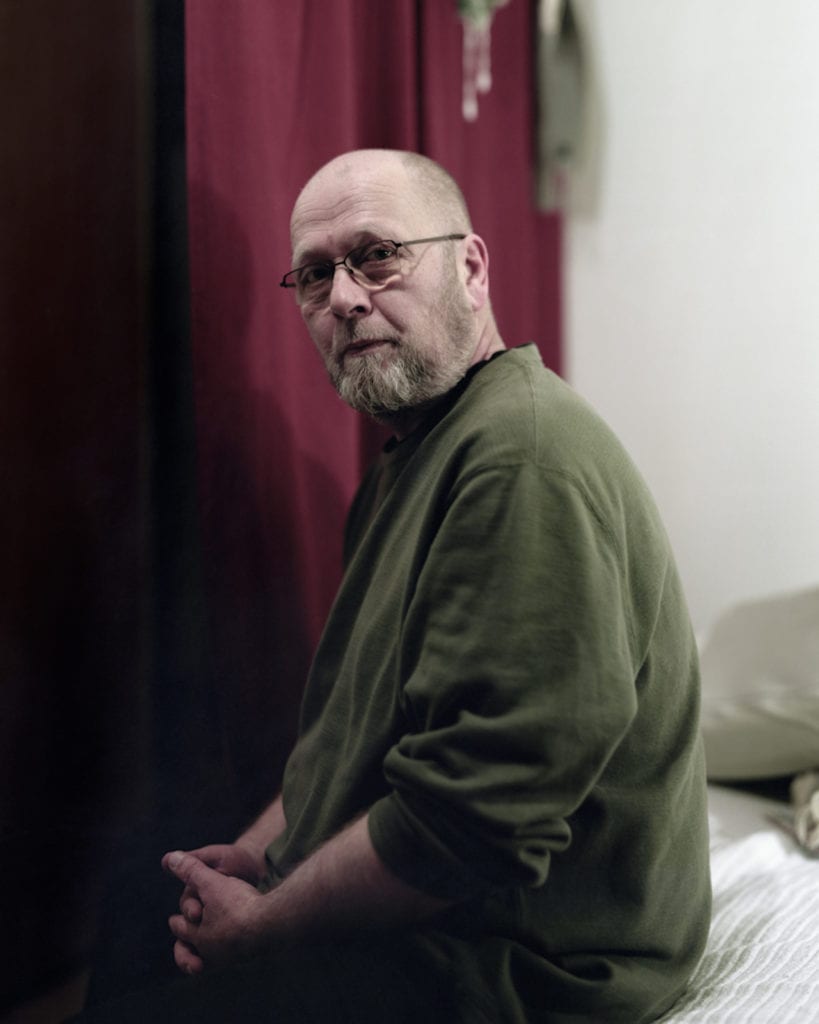
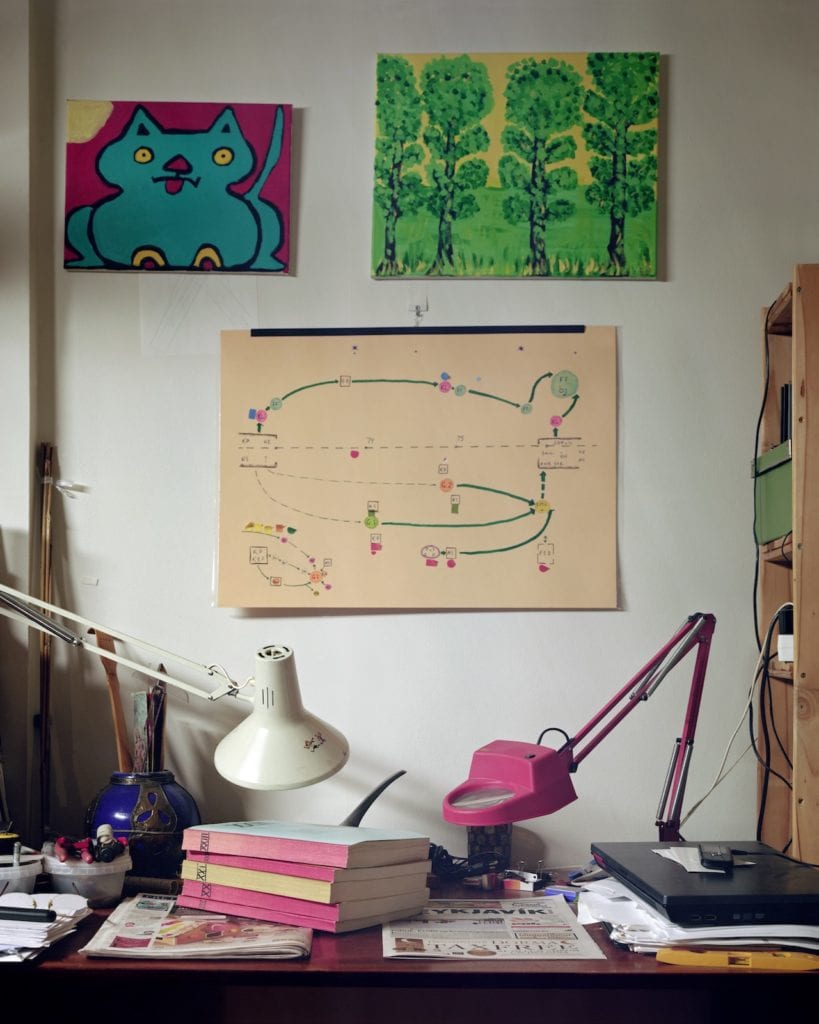
“When you resell a narrative that has happened in real life, time moves forward. There is an idea with photography that you will be able to reconcile with the original moment, but there are always moments after the shutter is released that aren’t being documented,” says Latham, making parallels between the episodic nature of true crime, and his own photography. “Maybe that’s where my work falls, within that gap between art photography and journalism.”
—
The second edition of Sugar Paper Theories by Jack Latham is published by Here Press and available for preorder. The project will be on show at The Royal Photographic Society in Bristol, UK, from 12 October until 22 December 2019.
